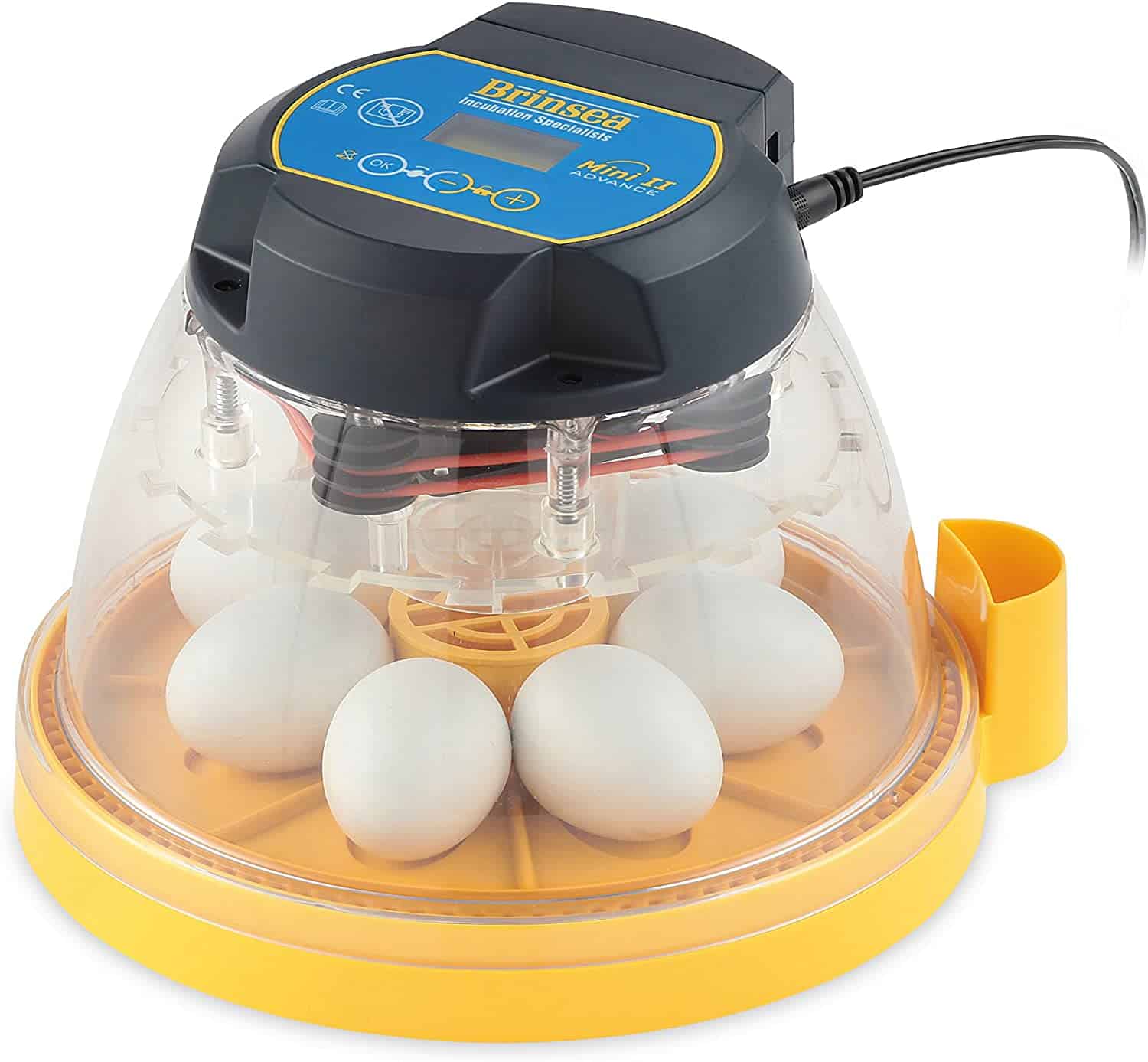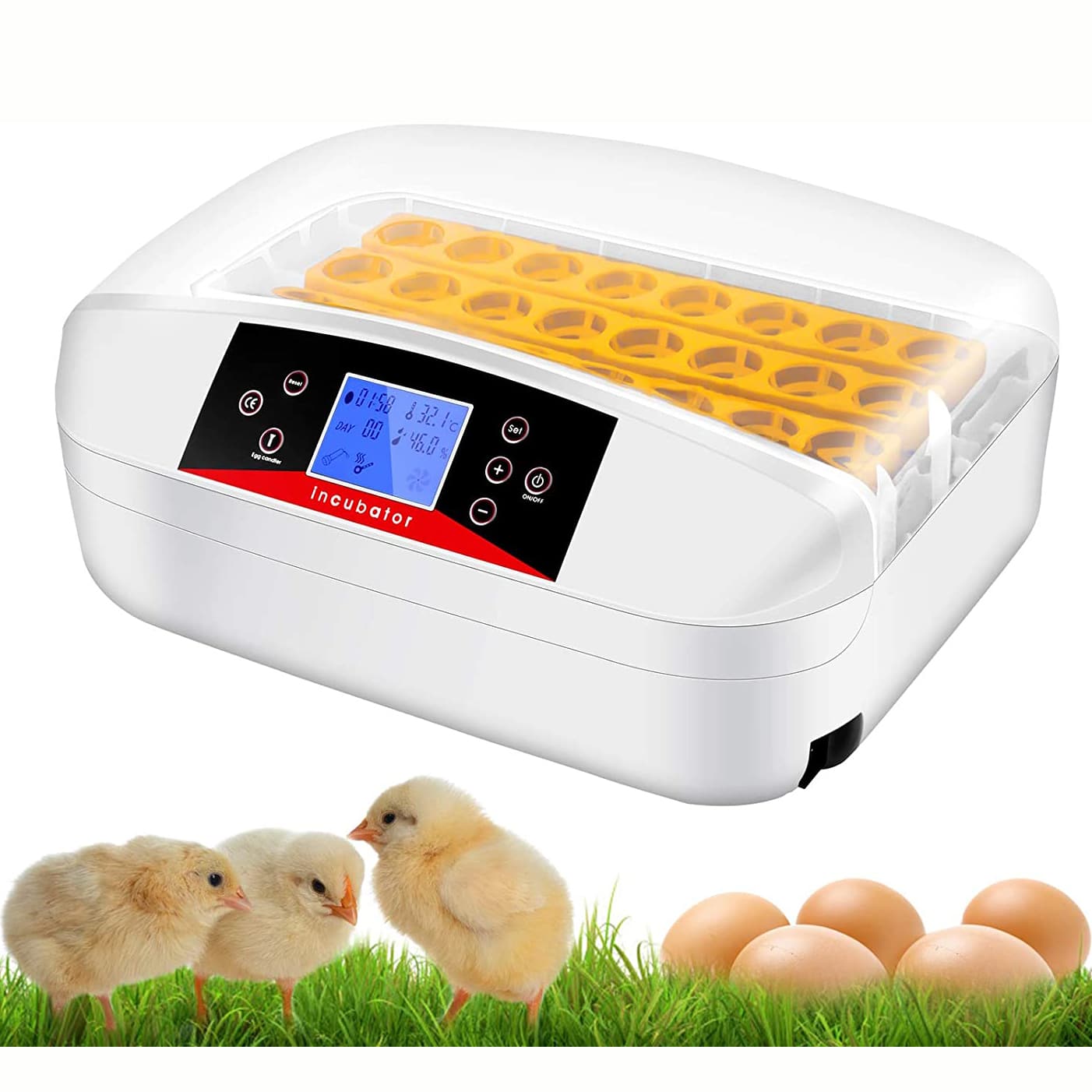Top Features of Best-Selling Cabinet Egg Incubators

Cabinet egg incubators represent a significant advancement in the art of hatching, offering precise control and a capacity far exceeding smaller models. Their popularity stems from a blend of reliability, features, and the ability to manage a large number of eggs simultaneously. This section will delve into the key features that define the best-selling models.
Three Common Features in Top-Rated Cabinet Incubators
The following table summarizes three of the most frequently found and highly valued features in top-rated cabinet incubators. These features directly contribute to successful hatching rates and ease of use.
| Feature | Description | Benefits | Example |
|---|---|---|---|
| Digital Temperature Control | Precise digital display and adjustment of temperature, often with programmable settings. | Ensures consistent temperature crucial for embryonic development; reduces manual adjustments. | A digital display showing the set temperature of 37.5°C and the current incubator temperature of 37.6°C, with an adjustment dial to fine-tune the temperature. |
| Automatic Egg Turning | Automated mechanism that gently turns eggs at regular intervals, simulating natural hen behavior. | Prevents embryo sticking to the shell; ensures even heat distribution; reduces manual labor. | A system of motorized rollers or tilters that automatically rotate eggs every 2-4 hours, depending on the model and egg type. |
| Humidity Control System | Mechanism to regulate and maintain optimal humidity levels within the incubator. | Crucial for proper embryonic development; prevents dehydration or excess moisture. | A water tray or reservoir with a wicking system that allows for controlled evaporation to maintain humidity; a digital hygrometer displays the current humidity level. |
Digital vs. Analog Temperature Control Systems
The choice between digital and analog temperature control significantly impacts the incubator’s precision and ease of use.
Best cabinet egg incubator – Digital temperature control systems offer several advantages:
- Precise temperature readings and adjustments, often to the tenth of a degree.
- Programmable settings for consistent temperature throughout the incubation period.
- Clear and easy-to-read digital displays.
- Often incorporate alarm systems to alert users to temperature deviations.
However, digital systems also have some drawbacks:
- Higher initial cost compared to analog systems.
- Potential for electronic malfunctions, requiring repairs or replacements.
- Dependence on power supply; battery backup is crucial during power outages.
Analog systems, while simpler, present a different set of characteristics:
- Lower initial cost and simpler design.
- Less susceptible to electronic malfunctions.
- Typically more robust and less reliant on electricity.
Conversely, analog systems lack the precision and convenience of digital systems:
- Less precise temperature control, potentially leading to temperature fluctuations.
- Require more frequent manual adjustments.
- Often lack alarm systems for temperature deviations.
Humidity Control in Cabinet Incubators
Maintaining optimal humidity levels is as crucial as temperature control for successful hatching. Insufficient humidity leads to dehydration of the embryos, while excessive humidity can cause bacterial growth and fungal infections.
Several methods are employed to control humidity:
- Water trays: These are simple, open trays filled with water, placed within the incubator. The water evaporates, increasing humidity. The amount of water and the tray’s surface area determine the humidity level.
- Wicking systems: These systems utilize a porous material (like a wick) that draws water from a reservoir and increases the surface area for evaporation, providing more consistent humidity control than simple trays.
- Humidifiers: Some advanced incubators incorporate small humidifiers for more precise humidity control and automated adjustments.
Image Description: A detailed illustration shows a cross-section of a cabinet incubator’s humidity control system. A reservoir at the bottom holds water. A wicking system, composed of a porous material, extends from the reservoir and into the incubator chamber, drawing water up and increasing the surface area for evaporation. A digital hygrometer displays the current humidity percentage within the chamber, allowing for precise monitoring and adjustment of the water level in the reservoir.
Innovative Features in Premium Cabinet Incubators
Premium cabinet incubators often boast advanced features that enhance hatching success and simplify the incubation process.
Automatic egg turning mechanisms in premium models often feature:
- Multiple turning angles: Simulating the natural rolling motion of eggs under a hen.
- Programmable turning intervals: Allowing customization based on egg type and incubation stage.
- Gentle turning mechanisms: Preventing damage to eggs.
Alarm systems provide crucial alerts:
- Temperature alarms: Alerting users to deviations from the set temperature.
- Humidity alarms: Warning users of deviations from the ideal humidity range.
- Power failure alarms: Notifying users of power outages.
User Reviews and Comparisons of Popular Models

Choosing the right cabinet incubator can feel overwhelming, given the variety of models available. Understanding user experiences and comparing popular models based on key features helps in making an informed decision. This section delves into user reviews of several leading cabinet incubators, analyzing their strengths and weaknesses to provide a clearer picture for potential buyers.
Comparative Analysis of Three Popular Cabinet Incubator Models
The following table compares three popular cabinet incubator models—the Brinsea Octagon 20, the GQF Sportsman 1600, and the Hovabator 1602—based on user feedback regarding ease of use, reliability, and overall performance. These models represent a range of price points and feature sets, offering a diverse comparison.
| Feature | Brinsea Octagon 20 | GQF Sportsman 1600 | Hovabator 1602 |
|---|---|---|---|
| Ease of Use | Users praise its intuitive controls and clear instructions, making setup and operation straightforward. Many appreciate the digital display and automatic temperature control. | While generally considered user-friendly, some users find the analog controls less precise than digital alternatives. Setup can require some initial familiarity. | Known for its simplicity, though some users mention a slight learning curve in mastering optimal humidity control. The basic design is appreciated for its ease of cleaning. |
| Reliability | Highly rated for its consistent performance and durability. Users report few malfunctions, and the built-in safety features are often highlighted. | Generally reliable, though some users report occasional inconsistencies in temperature maintenance, requiring manual adjustments. Long-term durability is considered good. | A mixed bag of reviews regarding reliability. Some users report long-term success, while others mention issues with temperature fluctuations and fan motor longevity. |
| Overall Performance | Excellent hatching rates are frequently reported, along with consistent temperature and humidity control. The overall user experience is consistently positive. | Users report good hatching rates, though the performance can vary slightly depending on environmental factors. The larger capacity is a key advantage. | Hatching rates are variable according to user reports, potentially linked to inconsistent temperature and humidity control. Its affordability is often cited as a benefit. |
Common Issues and Solutions
Several common issues emerge from user reviews across different cabinet incubator models. Understanding these problems and their potential solutions is crucial for maximizing the success of egg incubation.
Temperature Fluctuations: Inconsistent temperature readings are a recurring theme. Solutions include recalibrating the thermostat (if possible), ensuring proper ventilation, and minimizing drafts in the incubation room. Regularly checking the thermometer for accuracy is also vital.
Humidity Control Challenges: Maintaining optimal humidity levels can be difficult. Solutions include using a reliable hygrometer for accurate readings, adjusting the water trays appropriately, and potentially adding extra humidity sources if needed. Understanding the specific needs of different species is also important.
Fan Motor Issues: Some users report premature fan motor failure. Regular cleaning and lubrication of the motor can help extend its lifespan. Choosing a model with a robust fan system is advisable.
Essential Steps for Operating a Cabinet Incubator, Best cabinet egg incubator
Successful egg incubation requires attention to detail. The following steps provide a concise guide to operating a cabinet incubator effectively.
Egg Placement: Eggs should be placed according to the manufacturer’s instructions, ensuring proper spacing for adequate airflow. Avoid overcrowding.
Temperature and Humidity Settings: Maintain the recommended temperature and humidity levels for the specific species being incubated. Regular monitoring using accurate thermometers and hygrometers is crucial.
Routine Maintenance: Regularly clean the incubator to prevent the buildup of debris and potential contamination. Clean water trays and ensure proper ventilation.
Price Range and Feature Correlation
Cabinet incubator prices vary significantly depending on features and capacity. Entry-level models typically range from $100 to $300, offering basic features like temperature control and simple humidity regulation. Mid-range models ($300-$600) often include enhanced features like digital controls, automatic egg turning (for some models), and improved temperature stability. High-end models ($600 and above) frequently incorporate advanced features such as automated humidity control, multiple alarms, and superior insulation for enhanced temperature stability. The correlation between price and features is generally positive; higher-priced models typically offer greater precision, reliability, and advanced features.
Factors to Consider When Choosing a Cabinet Incubator: Best Cabinet Egg Incubator

Selecting the perfect cabinet incubator for your needs involves careful consideration of several key factors. The right incubator will ensure successful hatching and minimize operational headaches. This section will guide you through the essential elements to evaluate before making your purchase.
Cabinet Incubator Size Selection Based on Egg Capacity
Determining the appropriate size of your cabinet incubator hinges directly on the number of eggs you intend to incubate. Overcrowding leads to uneven temperature distribution and poor air circulation, significantly impacting hatching rates. Underestimating your needs might necessitate purchasing a larger incubator later. The following steps provide a practical approach to sizing:
- Assess your breeding program: Determine the average number of eggs you’ll incubate per cycle. Consider future expansion plans.
- Check incubator specifications: Manufacturers provide egg capacity details. Note that these figures often represent a maximum; leaving some space for optimal air circulation is crucial.
- Account for egg size: Larger eggs like those of geese or turkeys require more space than smaller chicken eggs. Adjust your capacity calculation accordingly.
- Consider future scalability: If you plan to expand your breeding operation, choose an incubator with sufficient capacity to accommodate future growth. Purchasing a larger incubator initially might be more cost-effective than upgrading later.
- Example: If you plan to incubate 100 chicken eggs per cycle, and anticipate increasing to 150 in the future, choose a cabinet incubator with a capacity of at least 150-200 eggs to allow for optimal spacing and future expansion.
Incubator Power Consumption and Operating Costs
Energy efficiency is a critical factor, especially for long incubation cycles. High power consumption translates directly into higher operating costs. Cabinet incubators vary significantly in their energy demands.
Before purchasing, carefully examine the incubator’s power specifications (usually expressed in watts). Compare models to identify the most energy-efficient options. Consider the cost of electricity in your region and calculate the approximate running cost for the duration of the incubation cycle. This calculation should factor in the number of hours the incubator will run daily and the cost per kilowatt-hour (kWh) of electricity in your area. A simple calculation can provide a clear picture: Total cost = (Power in kW) x (Hours of operation per day) x (Days of operation) x (Cost per kWh)
Cabinet Incubator Construction Materials
Cabinet incubators are typically constructed from plastic, metal (often steel or aluminum), or a combination of both. Each material presents unique advantages and disadvantages.
| Material | Advantages | Disadvantages |
|---|---|---|
| Plastic | Lightweight, generally less expensive, often easier to clean | May be less durable, potentially prone to cracking or warping under extreme temperature fluctuations, may not offer the same level of insulation as metal. |
| Metal (Steel/Aluminum) | Durable, robust, excellent heat retention and insulation, generally longer lifespan | Heavier, potentially more expensive, may require more careful cleaning to prevent rust or corrosion. |
